- In the Garden
- >
- Gardens
- >
- Gardens R-Z
- >
- Rhododendron Walk
The original design for the Rhododendron Walk was to plant the species alphabetically, with the offspring derived from these species rhododendrons planted. This system has mostly disappeared.
More about rhododendrons
More about rhododendrons
Rhododendron Walk
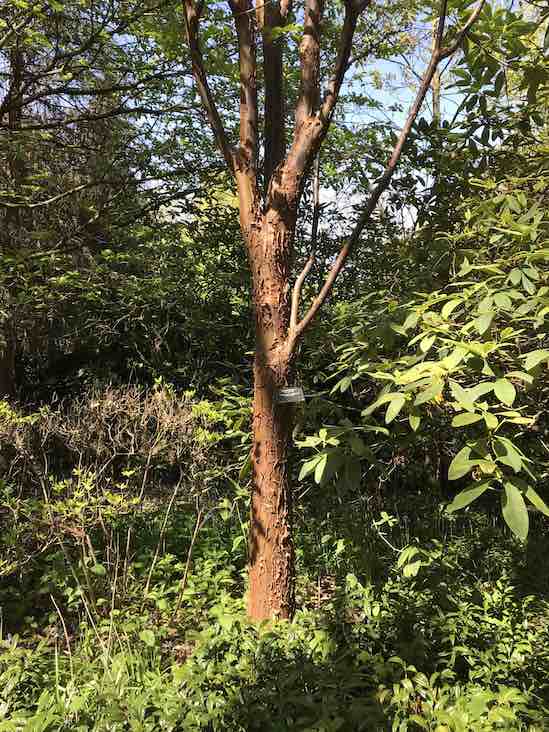
Acer griseum
CA$0.00
CA$0.00
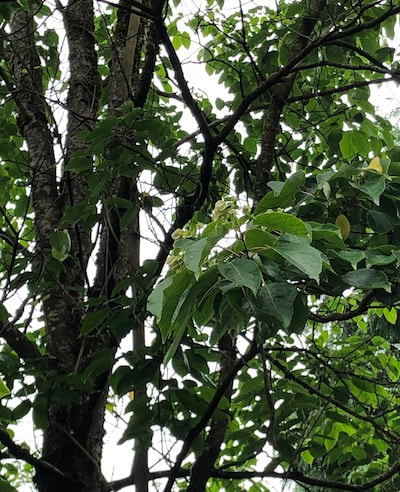
Carrierea calycina
CA$0.00
CA$0.00

Cornus kousa var. chinensis
CA$0.00
CA$0.00
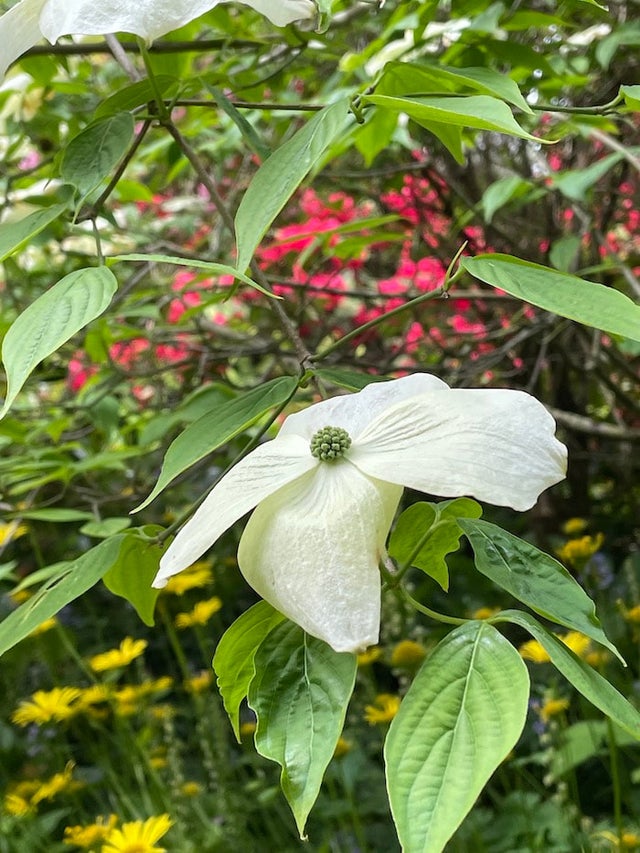
Cornus x rutgersensis [AURORA] = 'Rutban'
CA$0.00
CA$0.00
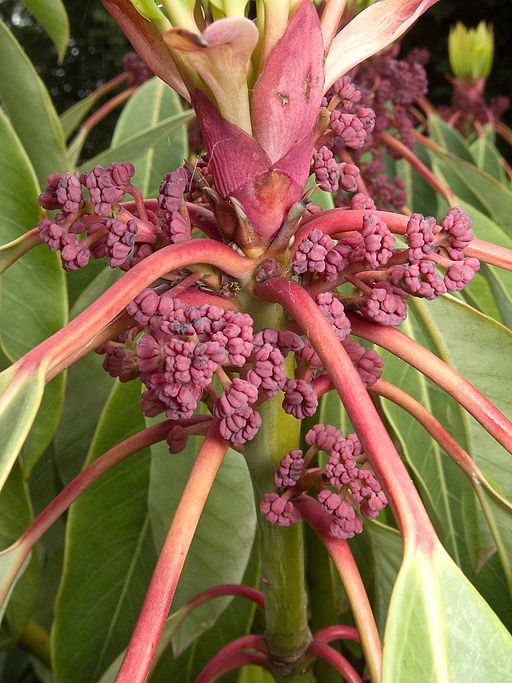
Daphniphyllum macropodum
CA$0.00
CA$0.00
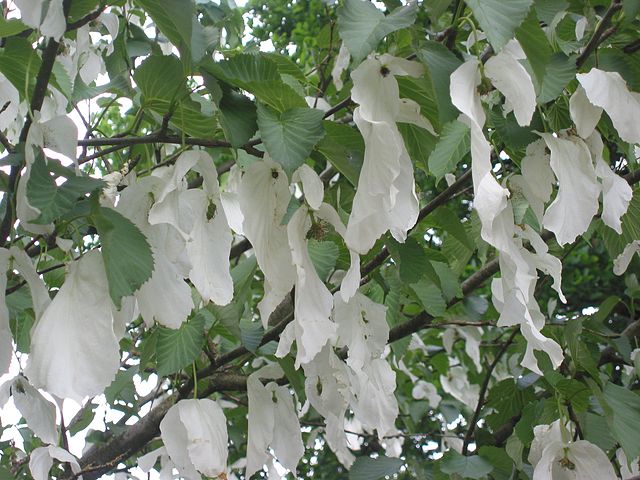
Davidia involucrata
CA$0.00
CA$0.00
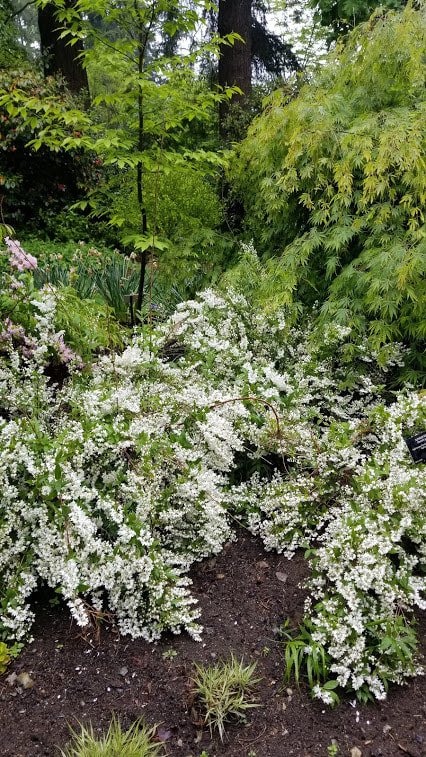
Deutzia gracilis
CA$0.00
CA$0.00
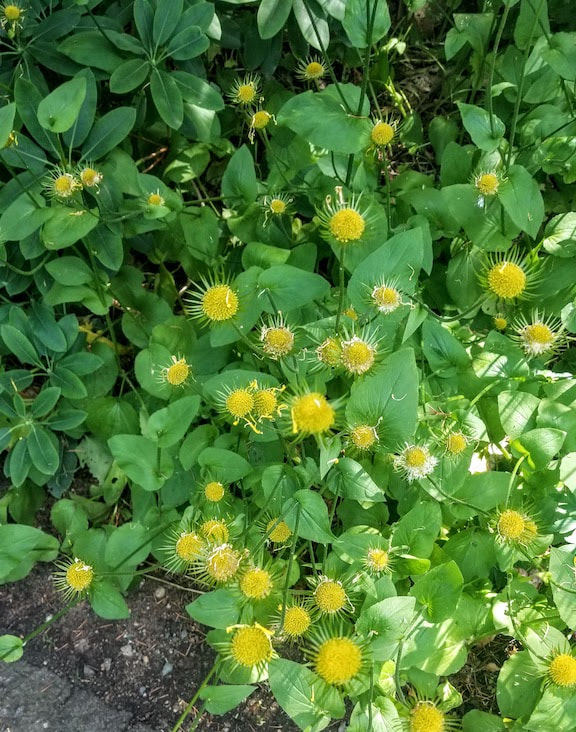
Doronicum columnae
CA$0.00
CA$0.00
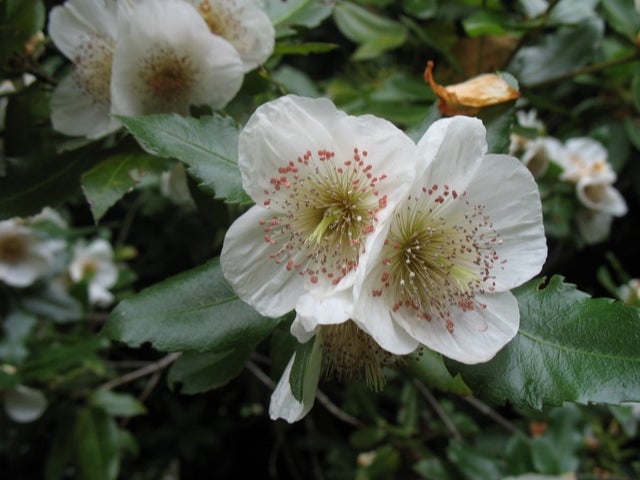
Eucryphia x nymansensis
CA$0.00
CA$0.00
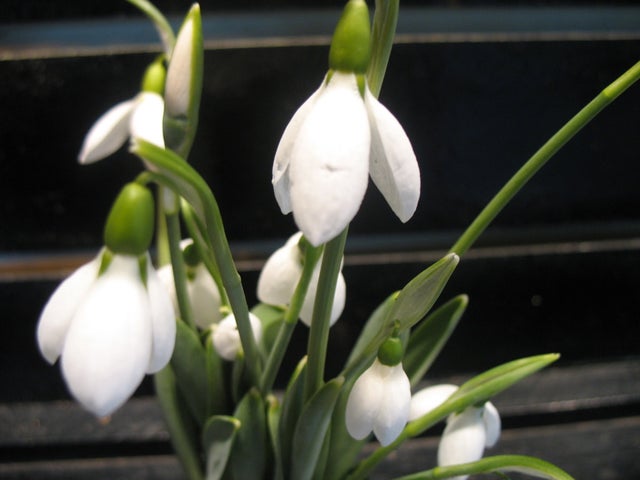
Galanthus elwesii
CA$0.00
CA$0.00

Galanthus ikariae
CA$0.00
CA$0.00
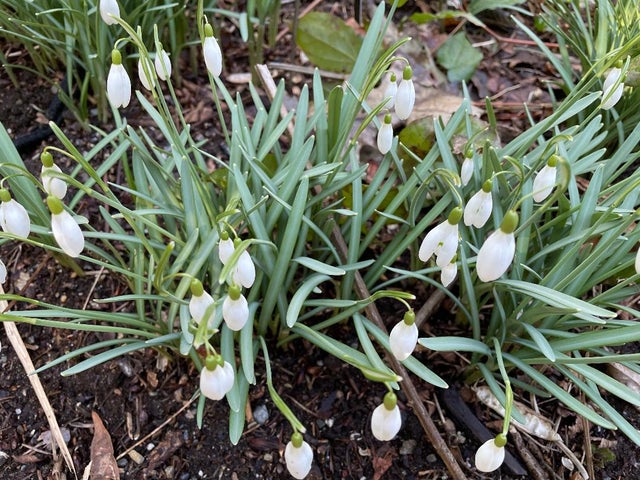
Galanthus nivalis
CA$0.00
CA$0.00

Galanthus nivalis 'Flore Pleno'
CA$0.00
CA$0.00
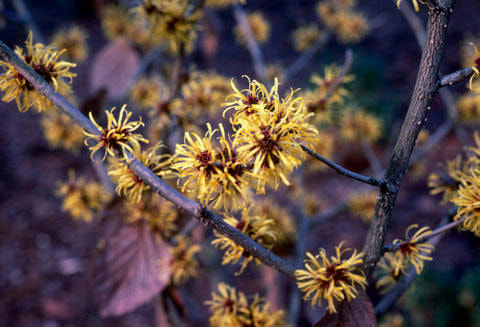
Hamamelis mollis
CA$0.00
CA$0.00

Hosta sieboldiana
CA$0.00
CA$0.00
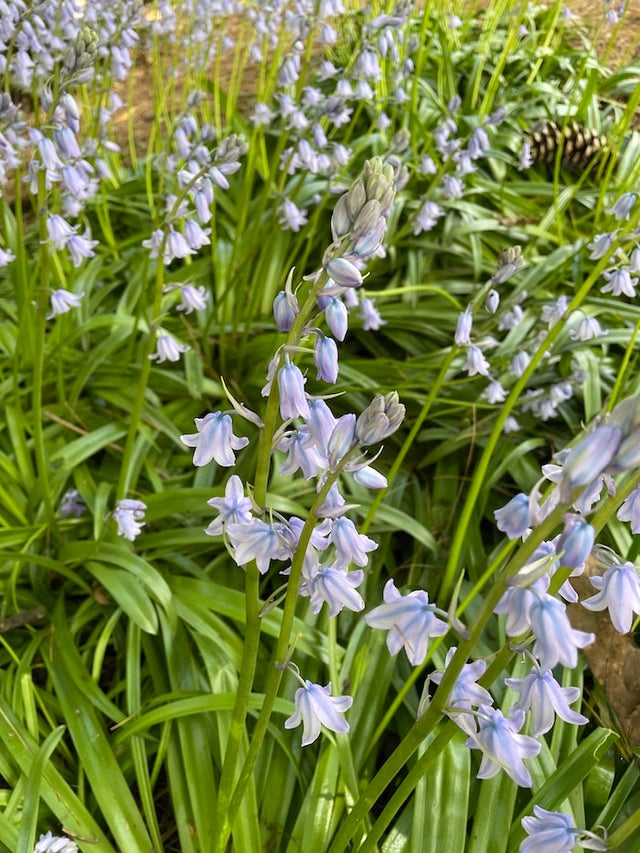
Hyacinthoides hispanica
CA$0.00
CA$0.00
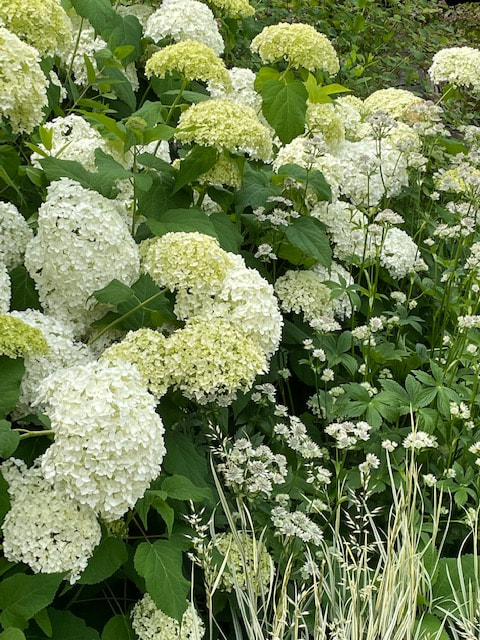
Hydrangea arborescens ‘Annabelle’
CA$0.00
CA$0.00
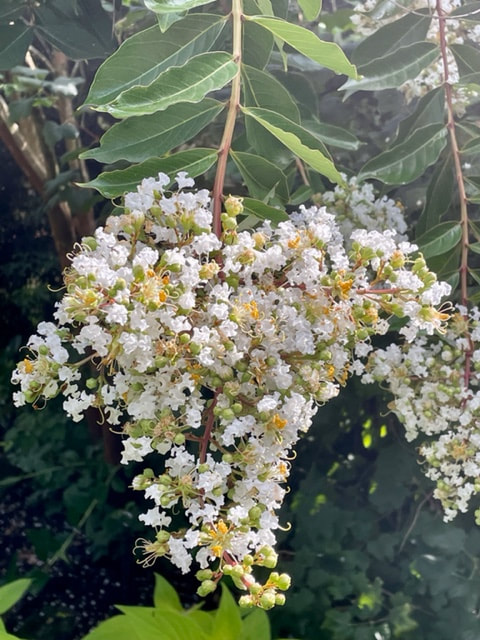
Lagerstroemia
CA$0.00
CA$0.00
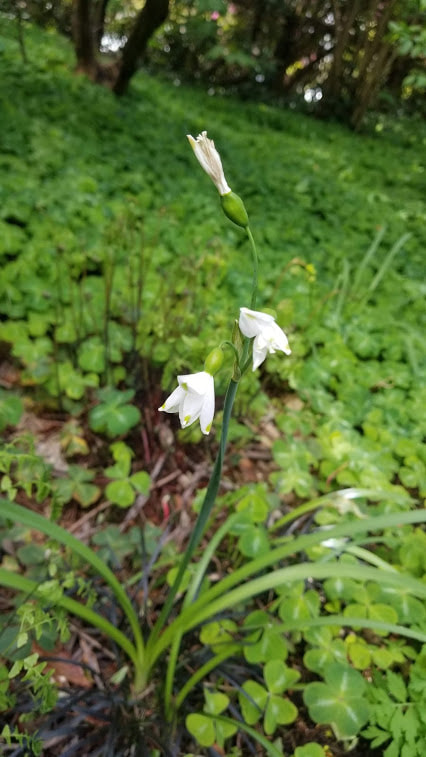
Leucojum aestivum
CA$0.00
CA$0.00
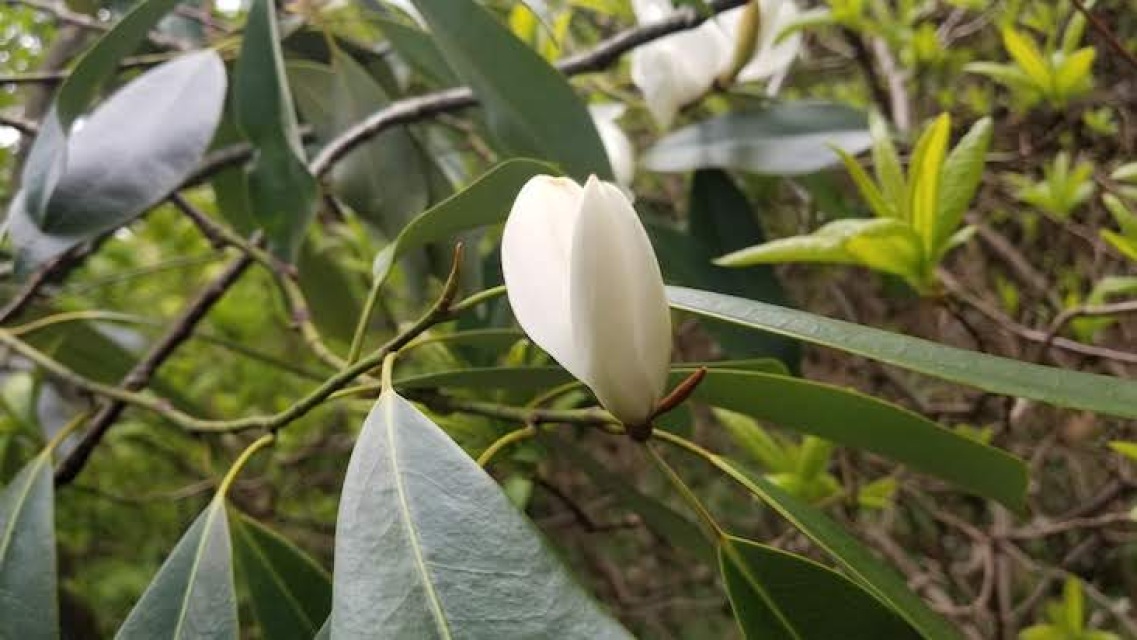
Magnolia cavaleriei var. platypetala
CA$0.00
CA$0.00
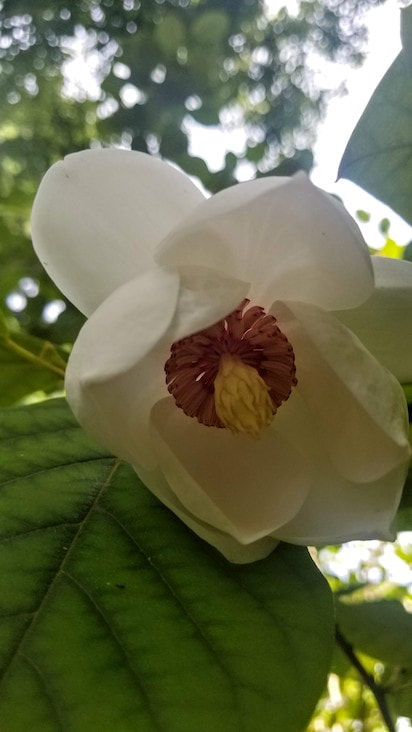
Magnolia sieboldii
CA$0.00
CA$0.00

Matteuccia struthiopteris
CA$0.00
CA$0.00
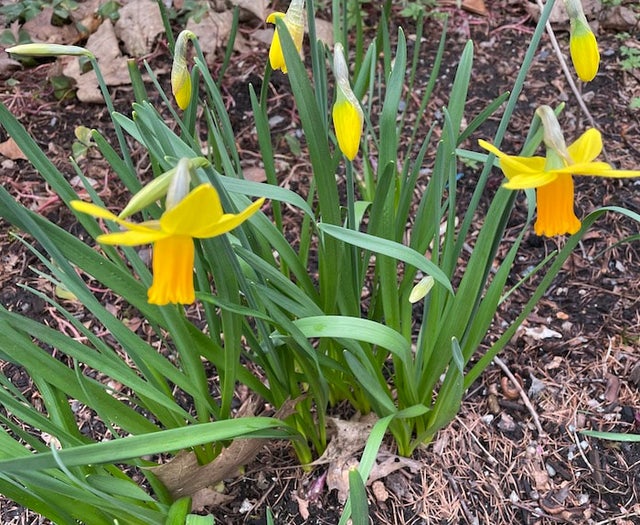
Narcissus 'Jetfire'
CA$0.00
CA$0.00
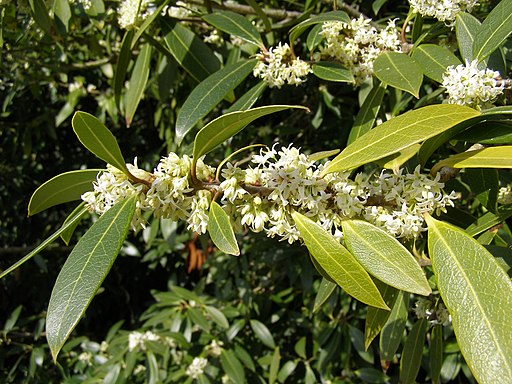
Osmanthus decorus
CA$0.00
CA$0.00

Oxalis oregana
CA$0.00
CA$0.00
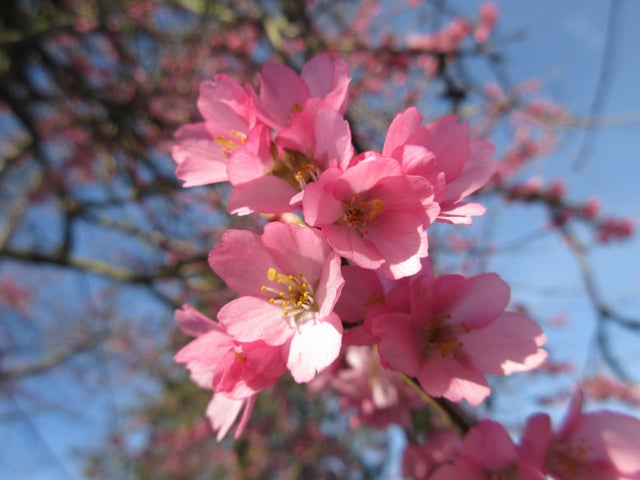
Prunus subhirtella 'Whitcomb'
CA$0.00
CA$0.00
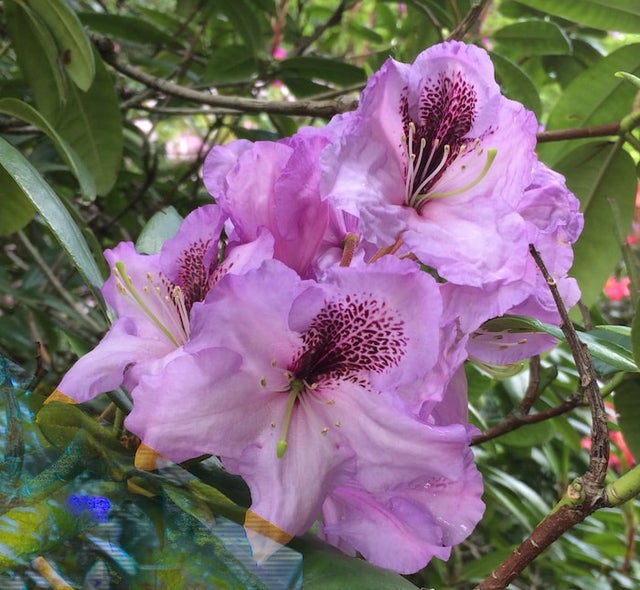
Rhododendron 'Arthur Bedford'
CA$0.00
CA$0.00
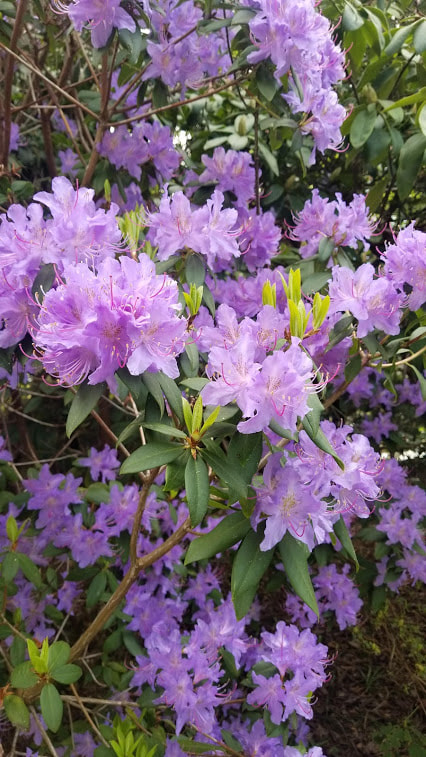
Rhododendron augustinii 'Hobbie'
CA$461.00
CA$461.00
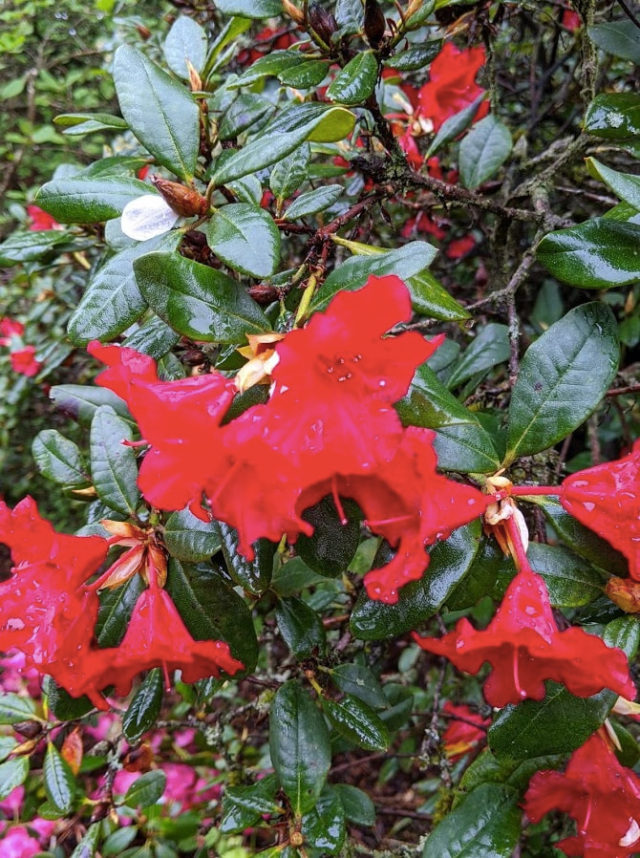
Rhododendron ‘Baden Baden’
CA$0.00
CA$0.00
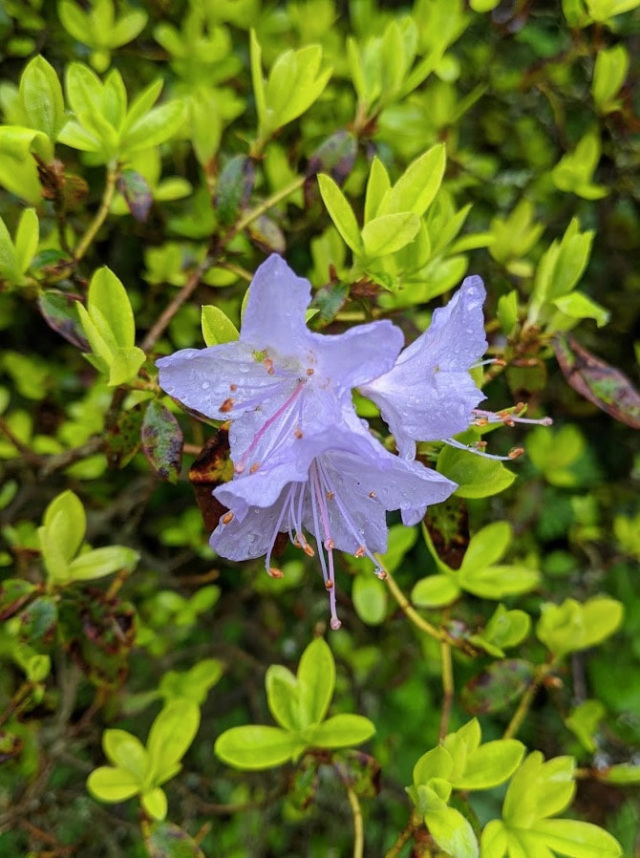
Rhododendron 'Blue Tit'
CA$0.00
CA$0.00
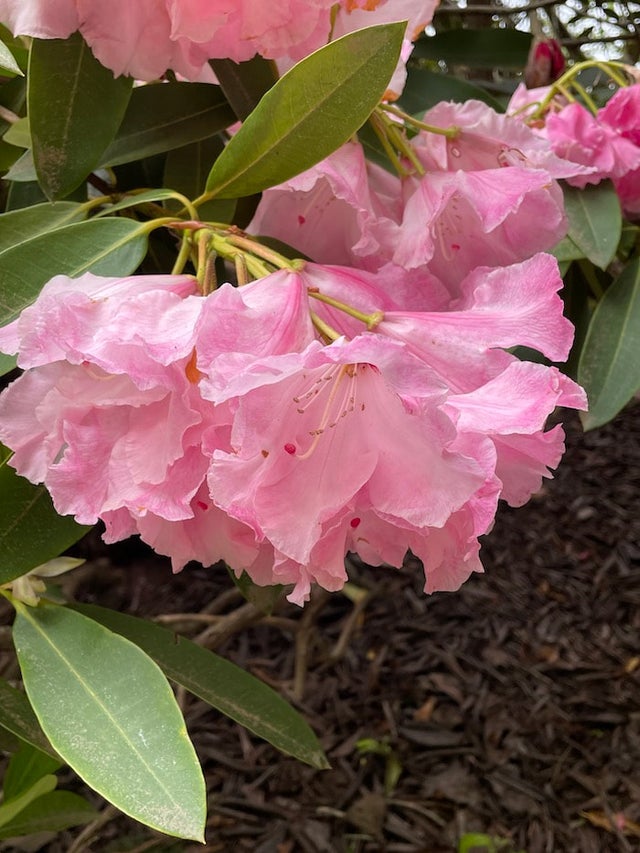
Rhododendron 'Cotton Candy'
CA$0.00
CA$0.00
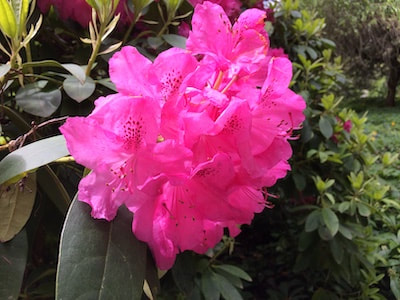
Rhododendron 'Cynthia'
CA$0.00
CA$0.00
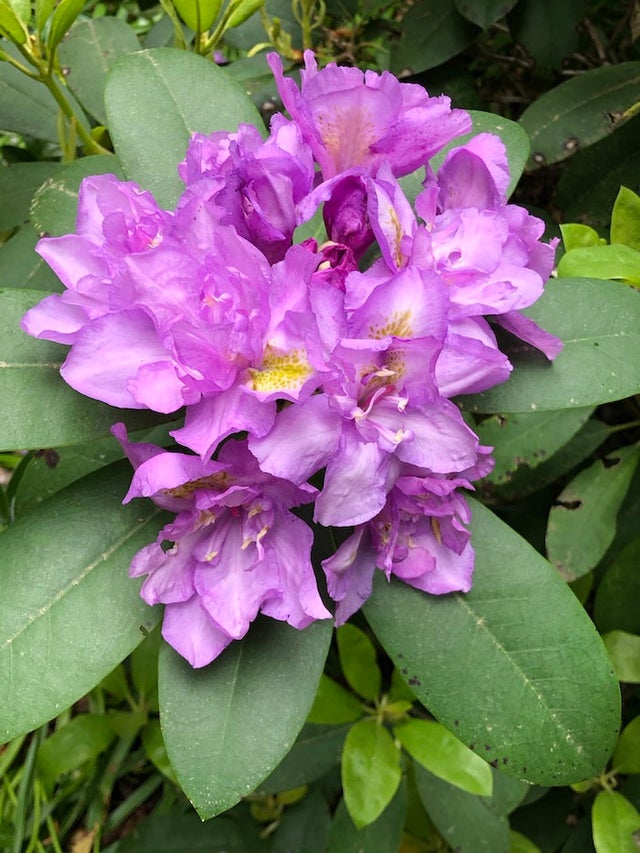
Rhododendron 'Fastuosum Flore Pleno'
CA$0.00
CA$0.00
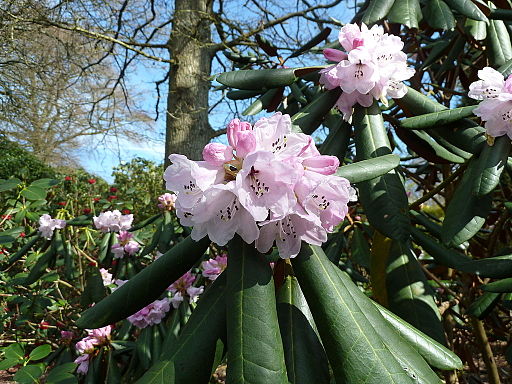
Rhododendron fulvum
CA$0.00
CA$0.00
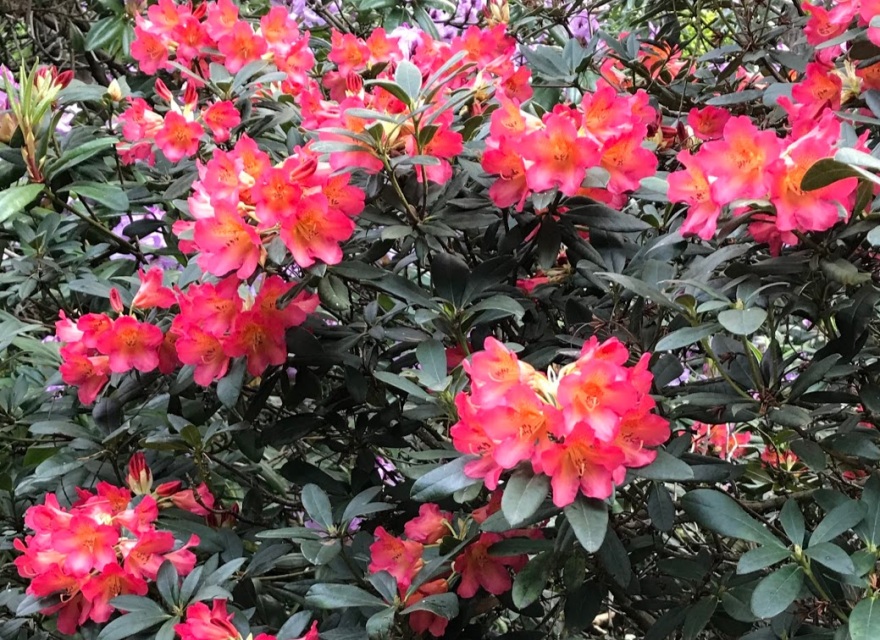
Rhododendron 'Golden Gate'
CA$0.00
CA$0.00
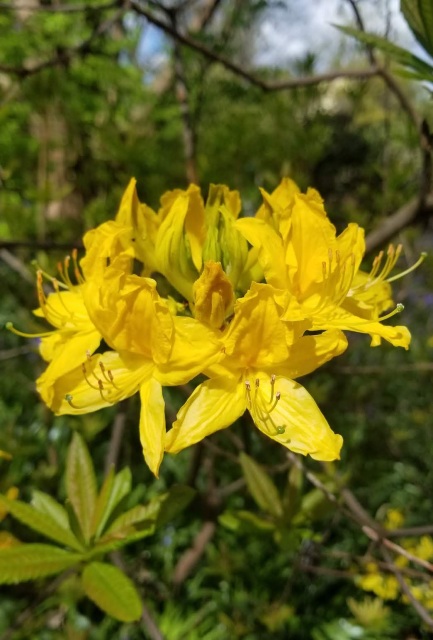
Rhododendron luteum
CA$0.00
CA$0.00